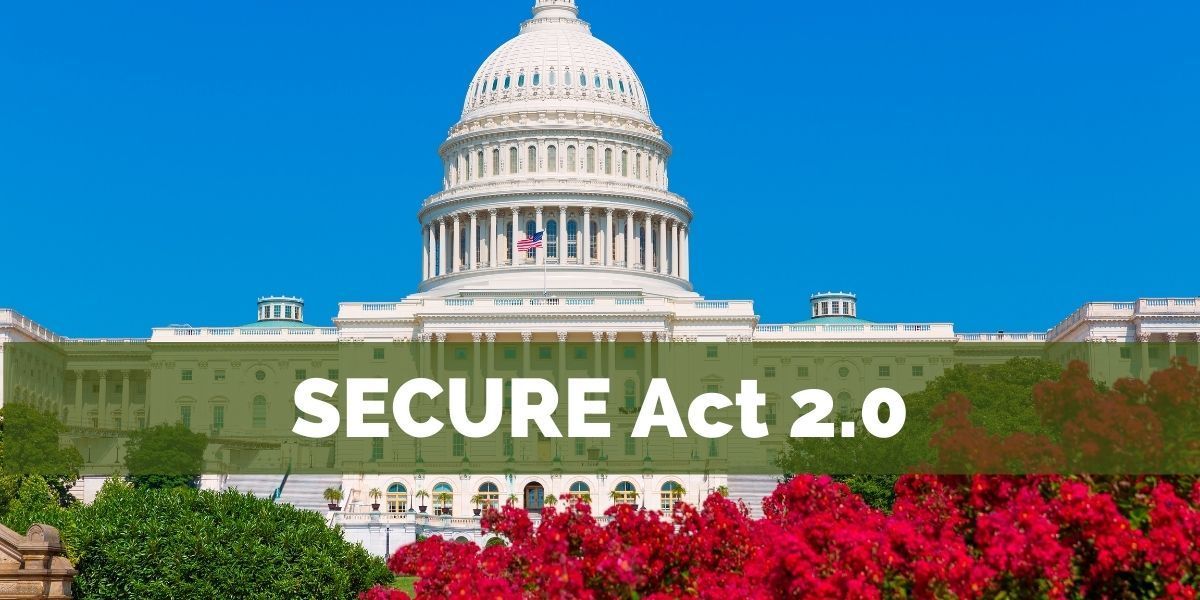Insurance Needs for Empty Nesters and Retirees
Thinking about coverage as you enter a new phase.
With the children now out of the house, financial priorities become more focused on preparing for retirement. At this stage, you may very likely be at the height of your earning power and fast approaching peak savings as you lay the groundwork for retirement. During this final leg to retirement – and throughout your retirement period – wealth protection is critical. The preservation of your assets will not be solely a function of your investment strategy, but will include a comprehensive insurance approach to protect you against an array of financial risks, most especially health care. In addition to wealth protection, you may also now be seriously contemplating a number of important estate and legacy objectives.
Home. Even though your mortgage may be paid off – thus, releasing you from the lender’s requirement to have homeowners insurance – it remains important to consider coverage against property loss and exposure to personal liability. Now is an ideal time to review your policy as the cost of replacing your home and belongings contained therein may have grown over the years. Also, consider an umbrella policy, which is designed to help protect against the financial risk of personal liability.
Health. There are several key health insurance issues facing empty nesters and retirees. If you retire prior to age 65 when Medicare coverage is set to begin, you will need coverage to bridge the gap between when you retire and when you turn 65. If your spouse continues to work, you may want to consider getting yourself added to their plan; though, you may need to wait until the employer’s annual enrollment period. Alternatively, you may also purchase coverage through a private insurer or HealthCare.gov (or your state’s program). Once you enroll in Medicare, you should consider purchasing Part D of Medicare, the Medicare Prescription Drug Plan, which can help you save money on prescriptions. Additionally, you may want to consider other Medigap insurance, which is designed to pay for medical care not covered by Medicare. Medigap plans are bought through private insurance companies and best purchased within the first six months of turning age 65 since no health exam is required during this period.
Disability. This coverage may continue until you retire. When you stop working, you should consider canceling your disability insurance as the need for it has expired. 1
Life. The financial obligations that drove your life insurance needs while you were raising a family may have evaporated. However, you may find new needs arising from estate issues, such as liquidity, creating a legacy, etc. Several factors will affect the cost and availability of life insurance, including age, health, and the type and amount of insurance purchased. Life insurance policies have expenses, including mortality and other charges. If a policy is surrendered prematurely, the policyholder also may pay surrender charges and have income tax implications. You should consider determining whether you are insurable before implementing a strategy involving life insurance. Any guarantees associated with a policy are dependent on the ability of the issuing insurance company to continue making claim payments.
Extended Care. For some, extended care insurance is a priority in this stage of life. With the expense of children in the rearview mirror, you can now turn your focus to buying protection against, potentially, the most significant health care expense you are likely to face in retirement. Designed to pay for chronic, long-lasting illnesses and regular care, whether in home or at a nursing home, extended care insurance coverage is critically important since most of these costs are not covered by Medicare.
This material was prepared by MarketingPro, Inc., and does not necessarily represent the views of the presenting party, nor their affiliates. This information has been derived from sources believed to be accurate. Please note – investing involves risk, and past performance is no guarantee of future results. The publisher is not engaged in rendering legal, accounting or other professional services. If assistance is needed, the reader is advised to engage the services of a competent professional. This information should not be construed as investment, tax or legal advice and may not be relied on for the purpose of avoiding any Federal tax penalty. This is neither a solicitation nor recommendation to purchase or sell any investment or insurance product or service, and should not be relied upon as such. All indices are unmanaged and are not illustrative of any particular investment.
Citations.
1 – chicagotribune.com/business/success/terrysavage/tca-disability-insurance-can-protect-you-from-unthinkable-20190410-story.html [4/10/19]
The post Insurance Needs for Empty Nesters and Retirees appeared first on KC Financial Advisors.
KC Financial Advisors Blog














